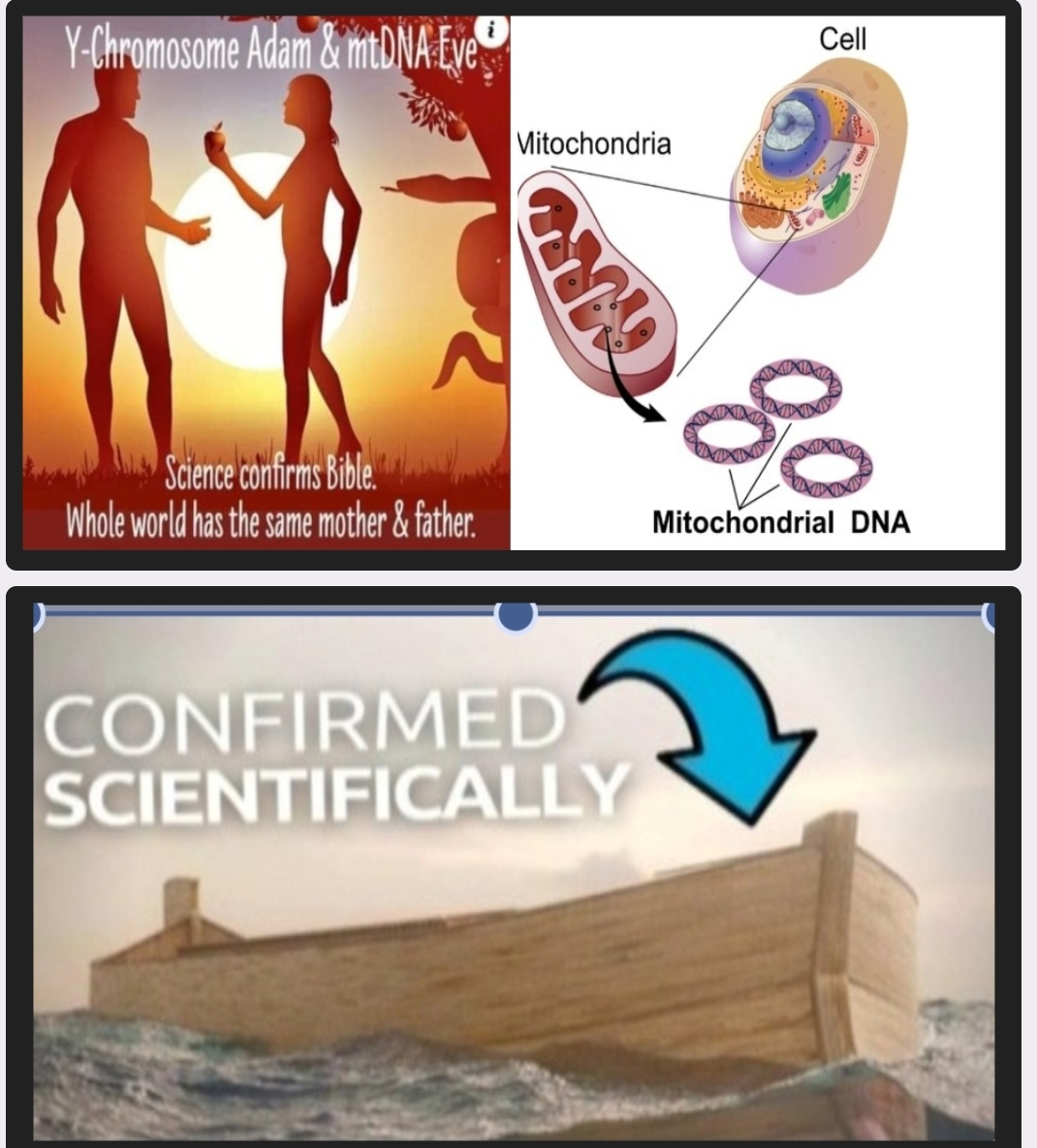Disturbing Implications of a "fine tuned" Cosmological Constant
3 min YouTube summary.
“Disturbing Implications of a Cosmological Constant”
article by Leonard Susskind raises profound questions about the nature of our universe and its origins, given the existence of a cosmological constant (CC). A CC, originally introduced by Einstein and later discarded, has reemerged due to evidence of the universe's accelerating expansion. Susskind's article explores the unsettling implications of this CC, particularly for our understanding of entropy, the arrow of time, and the anthropic principle.
Susskind begins by highlighting the Nobel Laureate Sir Roger Penrose's observation that cosmology necessitates a low-entropy starting point for the universe. This entropy value is 10^10^123 an impossibly rare fine tuned value.
This low entropy is fundamental to the second law of thermodynamics and the existence of a time arrow, both of which are essential for life. The question then arises: was the universe's origin a natural, low-entropy fluctuation, or was it the result of an external agent?
In a universe with a CC, such as the de Sitter space Susskind discusses, the natural occurrence of our low-entropy universe would be extraordinarily unlikely. This is due to the nature of de Sitter space, which tends towards high entropy and thermal equilibrium. The existence of our ordered, structured universe within such a space seems completely improbable without external intervention.
Susskind proposes two possibilities to resolve this conundrum. The first is that the second law and the time arrow are anthropic principles, meaning they are simply conditions necessary for life and not fundamental laws of the universe. The second possibility is the intervention of an unknown agent, which for unknown reasons restarted the universe in a state of low entropy, enabling the conditions for inflation. This explanation invokes the idea of a "cosmic reset," implying a cyclical nature of the universe.
However, Susskind concludes that the most reasonable conclusion is that we do not live in a world with a true cosmological constant. This is because the implications of a CC are too disturbing, challenging our understanding of fundamental physics and the origins of our universe.
It's crucial to note that since the writing of this article, numerous experiments have confirmed the existence of the CC. This revelation deepens the questions raised by Susskind and forces us to confront the unsettling implications of a universe with a CC.
If the CC is real, we must grapple with the implications for entropy, the arrow of time, and the anthropic principle. Does the existence of our ordered universe defy the natural tendencies of a de Sitter space, or are there undiscovered mechanisms at play? Does the CC necessitate a cosmic reset or the intervention of an unknown agent? These questions challenge our current understanding of cosmology and physics, opening up new avenues for research and exploration.
In conclusion, Susskind's article remains relevant and thought-provoking, even in light of the confirmed existence of the CC. It serves as a reminder of the vastness of the cosmos and the mysteries that remain to be solved. The disturbing implications of the CC are not easily dismissed, and they call for a reevaluation of our understanding of the universe's origins, its fundamental laws, and our place within it.






Comments
Post a Comment